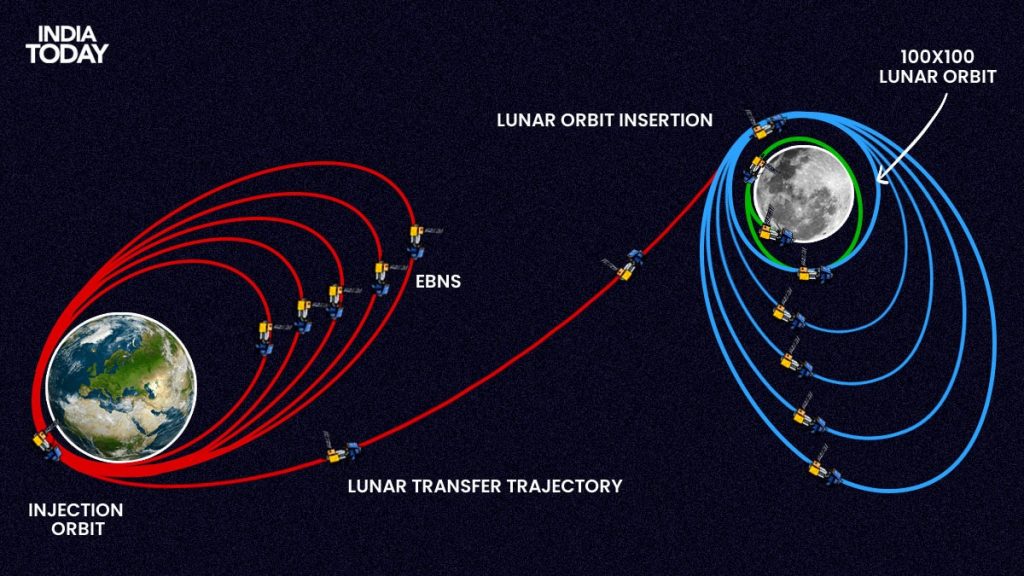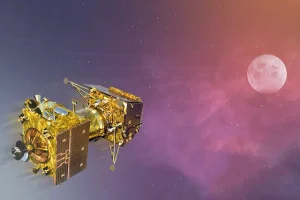
Like Chandrayaan-2, Chandrayaan-3’s lander and rover have the names Vikram and Pragyan, respectively. If the lander is called Vikram, the rover that will emerge from it once it touches down on the moon’s surface is called Pragyan. The name of the mission has been repeated for Chandrayaan-3 because the previous mission’s attempt to operate on the moon’s surface failed.
The Chandrayaan-3 mission’s primary goal is to thoroughly investigate the Moon’s southern pole and surface. Scientists claim that there is a substantial amount of water ice and a lot of sunshine in this area of the Moon.It is anticipated that research into this area will one day be useful for Mars expeditions. The fact that Chandrayaan-3 was the first spacecraft to land on the southern pole of the Moon is another notable feature of this mission.
A lander Vikram and how it works
The Vikram lander will start its activities following a gentle touchdown. It will give ISRO (Indian Space Research Organisation) its first photograph a short while after landing. As long as it is on the Moon’s surface, it will function.

Activities of the rover:-
After around three hours, the rover, called Pragyan, will leave the lander. Numerous moon-related research endeavors will be facilitated by the lander.
After a successful soft landing, the lander Vikram will carry out activities on the Moon’s surface and return data and photographs to ISRO. Later, the lander’s internal rover, named Pragyan, will emerge and conduct moon-related scientific investigations.

The Pragyan rover’s duties:-
The solar-powered rover Pragyan will be sent onto the Moon’s surface by the lander Vikram. This six-wheeled rover will travel at a pace of one centimeter per second across a distance of around 500 meters. On the lunar surface, the rover will do chemical analysis and send the results back to the lander. The ISRO space station will thereafter get this information from the lander. On the Moon, the Pragyan rover will continue to operate for around 14 days, which is equal to one lunar day or 14 days on Earth.










